- 1.Choose the right niche
- 2. Focus on your target audience
- 3. Do keyword research before writing
- 4. Write catchy headlines
- 5. Create high-quality, detailed content
- 6. Use simple language
- 7. Create a structure with headings (H1, H2, H3)
- 8. Add visuals
- 9. Improve meta titles and descriptions
- 10. Make your blog mobile-friendly
- 11. Improve page speed
- 12. Promote every post
- 13. Use email marketing
- 14. Check performance with Google Analytics
- 15. Be consistent.
- 16. Build a relationship with readers
- 17. Be patient and persistent.
- 18. Find ways to monetize your blog (Monetization Options)
- 19. Start guest blogging
- 20. Create a presence on social media
How to Become a Successful Blogger in 2025: 20 Beginner-Friendly Tips Starting a blog these days is exciting, but the competition is fierce. Millions of new websites are launched every year, most of which are gone within a few months. Why? Because their creators don’t consider blogging a skill.
If you want your blog to not only survive but thrive in 2025, passion alone isn’t enough—you need a strategy. Below are 20 practical tips that will help you become a successful blogger and keep your readers engaged with your blog.
There are currently over 600 million active blogs on the Internet, and over 7 million blog posts are published every day. Surprisingly, about 91% of blog posts get no traffic at all from search engines.
If you really want to master blogging, you need blogging tips that are not only actionable but also easy for new bloggers.
1.Choose the right niche

The most common mistake new bloggers make is choosing a topic just because it seems lucrative. Money is important, of course, but passion and consistency are more important for real success.
Blogging is not a race, but a journey. If you’re writing about a topic that doesn’t interest you, you’ll quickly get bored and give up. Imagine trying to write about gardening every week when you’ve never planted a plant—the frustration will definitely show in your writing. On the contrary, if you’re truly interested in your topic, the ideas and words will flow naturally.
Whenever you choose a niche, ask yourself this question: Would I write about it even if I didn’t get paid for a year? If the answer is yes, then that’s your true niche.
The first determining factor in the success of your blog is your niche . A niche is the specific topic that makes your blog unique from others.
Remember, blogging is always successful when you focus on a specific area, not a general and broad topic. It is better to specialize in one topic than to become an expert in every field.
For example, SEO is a huge industry worth over $80 billion. If you were to write about every aspect of SEO, you might not get the traffic you deserve. But if you narrow down this broad field and focus on a specific area, like “local SEO for small businesses” or “technical SEO audits ,” you can attract a specific type of audience and become recognized as an expert in that niche.
2. Focus on your target audience
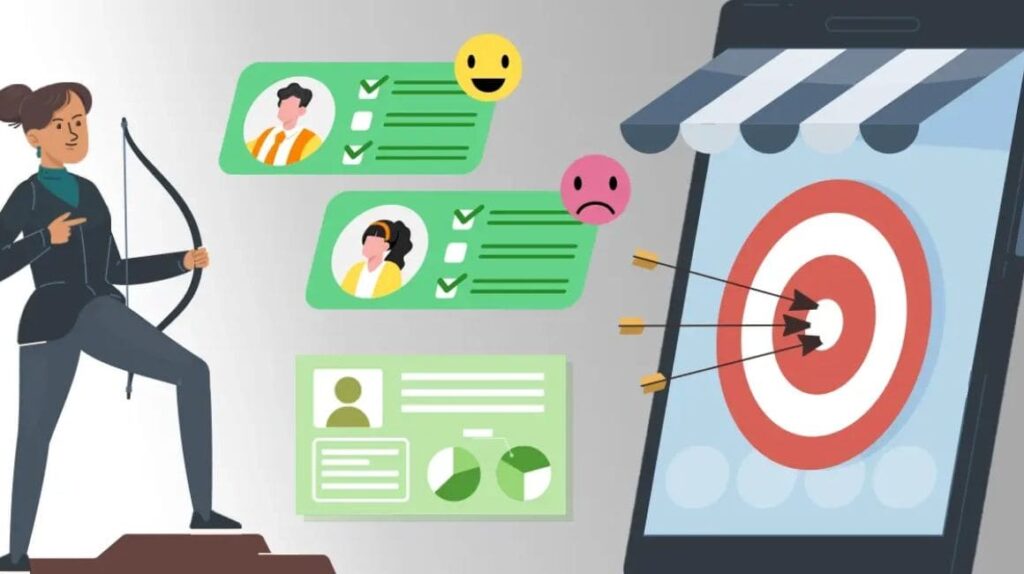
New bloggers often make the mistake of writing for themselves, not their readers. Remember, a blog is not a personal diary—it’s meant to benefit others.
Think of your blog as a conversation. Who are you talking to? A busy student? A young professional trying to save money? Or a mom looking for parenting hacks?
The clearer you have a picture of your audience, the more valuable your content will be to them. For example, if you’re running a food blog and your readers are brand new to the kitchen, it’s best to focus on simple, step-by-step recipes rather than complex gourmet meals.
Speak their language, solve their problems, and you’ll quickly gain their trust.
You must know who you are writing for in order to create a successful blog.
Define your ideal reader. What do they want to know about? What problems are they facing? What content will make them think: “Yes! That’s what I was looking for!”
The more you understand your target audience, the easier it will be to create a high-traffic blog.
Look at forums ,competitor websites, and social media platforms to see what interests and issues people are talking about.
3. Do keyword research before writing
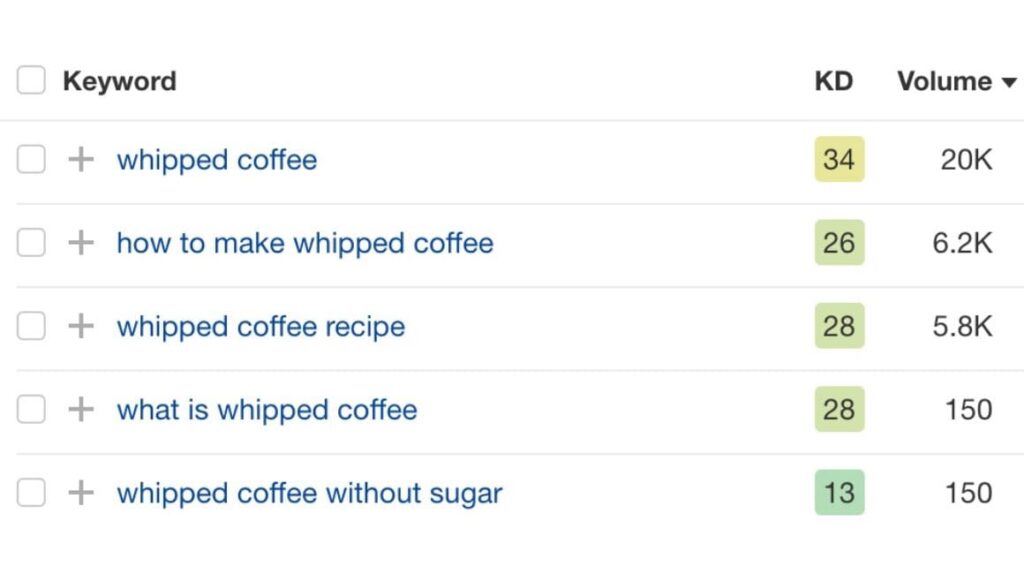
Publishing without keyword research is like going fishing without a hook—sometimes you might get lucky, but most of the time you won’t find anything.
Keyword research tells you what people are actually searching for. The competition is tough in 2025, but if you look carefully, the opportunities are still there.
For example, if you only write about “Healthy breakfast ideas,” you’ll be competing with thousands of blogs. Instead, target long-tail keywords like “Healthy 10-minute breakfast ideas for office workers .” These keywords have less competition and bring more specific readers to your blog.
Instead of guessing, use tools like Ubersuggest, SEMrush , or Google’s autocomplete to find out what people want help with.
Do you want to find traffic-boosting topics? Do you want to know what’s already doing well in your niche?
So first analyze the competing websites within your niche.
Here are some steps you can take:
- Make a list of 5 to 10 websites related to your niche. Do a Google search for this or use tools like SEMrush .
- See what kind of content they are producing and what their writing style is like.
- After analyzing these sites, make a list of 10 to 20 topics that are most relevant to your blog audience.
4. Write catchy headlines

Headlines are like shop signs. If your sign is boring, no one will come in and see what you’re selling. The same principle applies to blogs—the headline is what gets readers to click.
A strong headline should balance clarity and curiosity. For example, don’t just write: “How to Save Money” but write: “7 Smart Money-Saving Habits That Can Save You $500 a Month . ”
See the difference?
The second headline promises a benefit and piqued the reader’s curiosity. But remember! Don’t be clickbait . Your content should deliver on the promise of the headline.
Practice creating several versions of a headline before publishing. Often the best idea comes on the third or fourth try, not the first time.
There are millions of blogs online, so it can be difficult to get your first readers.
But if you believe in quality content, you don’t need to worry too much. Just take these precautions:
- Choose the topics and keywords you will write about.
- The best way to drive initial traffic is to target low-competition long-tail keywords .
- Find trending topics in your niche and write about them.
- Verify that this keyword is not covered by many competing blogs.
- Prepare a complete outline of your topic before writing .
- Optimize your post with SEO elements and use keywords in a natural way so people can easily find you through search.
If you do all of this consistently, your great content will automatically start attracting early readers.
5. Create high-quality, detailed content

The world of blogging has moved beyond short, superficial posts. Google prefers content that answers questions in detail, and readers trust blogs that actually teach them something.
For example, a 200-word “Best Blogging Tips” post won’t be enough. Instead, try writing a long, detailed post of 1,000 to 2,000 words that covers the topic from multiple angles.
But remember, long doesn’t have to mean redundant. Every sentence should have a purpose. Include examples, case studies, images, and personal experiences.
A new blogger doesn’t just want theory, they want step-by-step instructions. If your blog becomes the best resource on a topic, readers will stay on your site longer, come back again and again, and share your content with others.
Remember: High-quality content is king.
Generic or duplicate content does not rank on search engines.
Invest time and effort into creating helpful content.
6. Use simple language
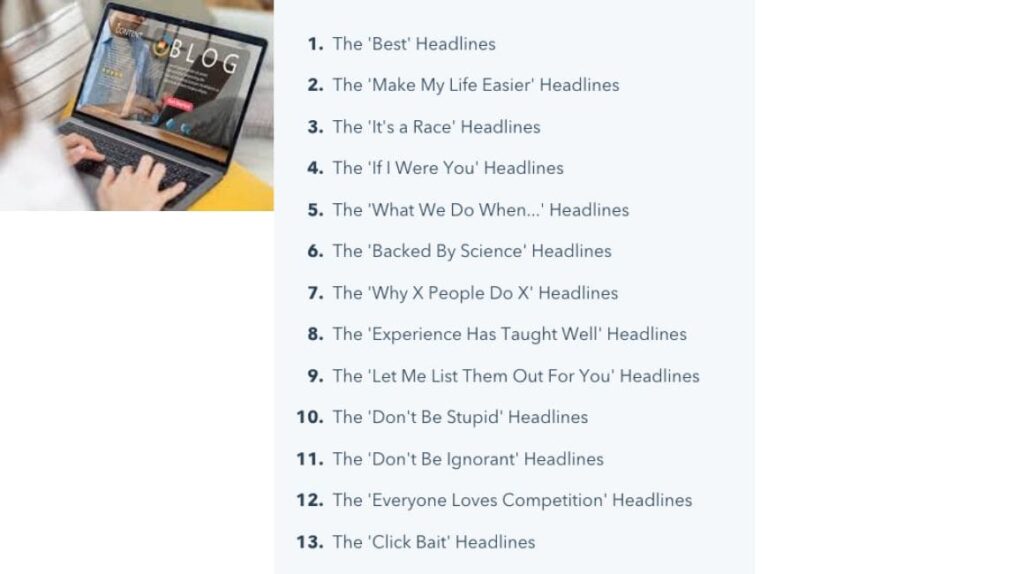
The best blogs are those that are understandable to every reader, regardless of their background. Readers come to your website for simple, clear answers, not to be overwhelmed by difficult, heavy words.
Imagine you are reading a recipe and it says: “utilize thermal application for protein denaturation” . How complicated that sounds! It should actually be a simple sentence: “Cook the chicken until it is no longer pink.”
This is called plain language. Keep sentences short, avoid difficult words and jargon, and write as if you were explaining something to a close friend. The simpler your writing, the more time readers will spend, return again and again, and recommend your blog to others.
Also, create a content calendar to better manage your time and schedule. This not only keeps your posting regular but also improves your SEO.
You can easily create a content calendar by creating these columns in Google Sheets :
- Post name
- Primary keyword
- Post link
- Publication date
- Next update date
You can also create a social media calendar in the same way. HubSpot also offers a great free template for this.
7. Create a structure with headings (H1, H2, H3)
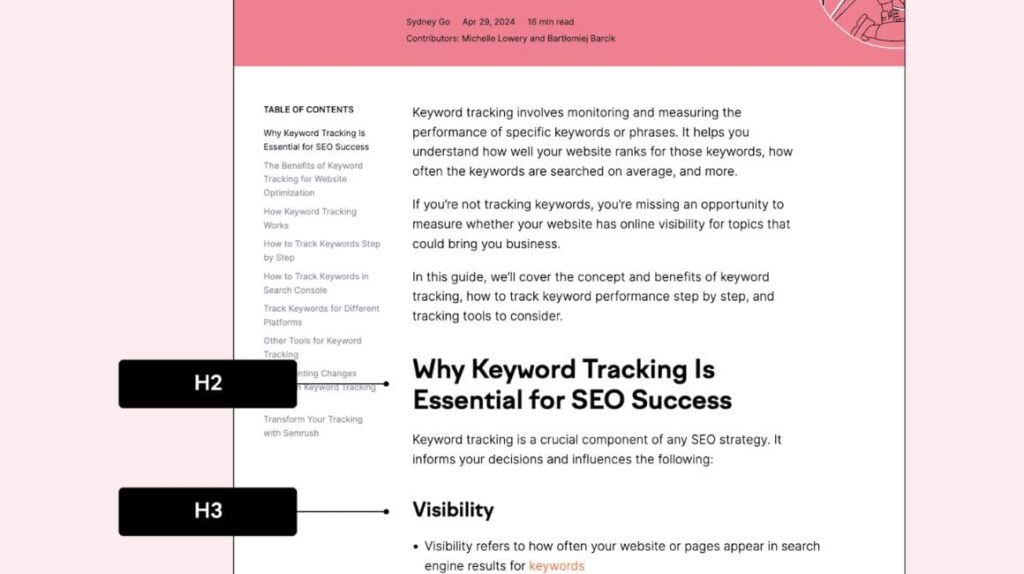
Reading a long blog without headings is like wandering through a city without signboards—you won’t find your way.
Headings guide readers and tell search engines which section is most important. The blog title is H1, subtopics are H2, and further explanation comes under H3.
For example: A “Fitness at Home” blog could have an H2 of “Daily Workout Routines” and an H3 below that of “Morning Stretches” or “Evening Cardio.”
Headings not only make things easier for readers but are also beneficial for search engines.
When you have an editorial calendar , focus on one topic at a time and always create an outline.
Benefits of an outline:
- Planning: Divide the topic into clear sections.
- Organization: Keep ideas together in one place.
- Focus: Avoid unnecessary time wasting.
Some quick tips:
- Have at least 3 to 4 subheadings. If the article is 2000+ words, add more subheadings.
- Give an interesting introduction (with a question, interesting fact, or story).
- Add bullet points or examples under each subheading.
8. Add visuals
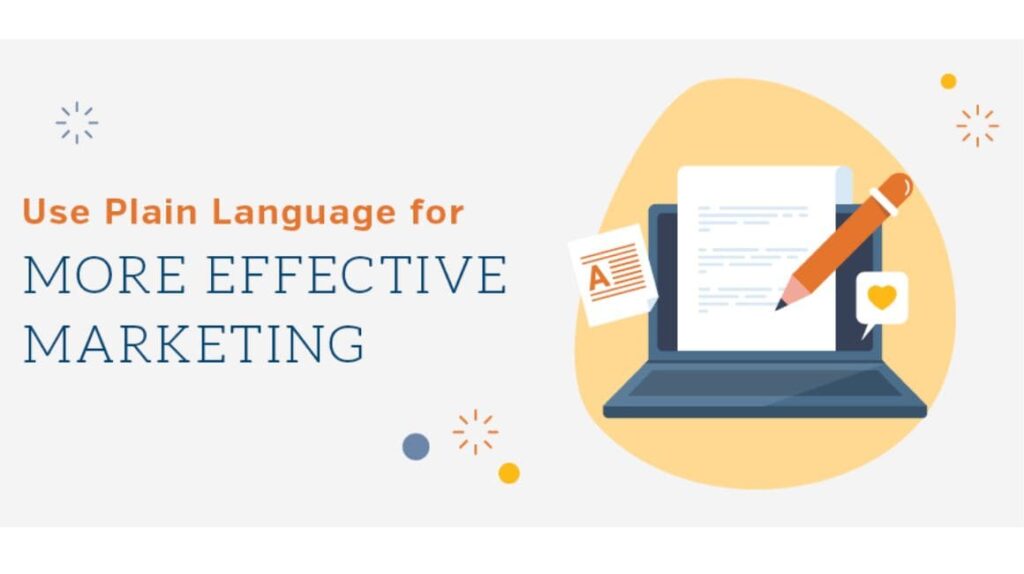
Readers get bored with just a wall of text, even if the information is valuable. Images, charts, screenshots, and videos make a blog more interesting and memorable.
- Charts make data instantly understandable.
- Infographics encapsulate an entire guide into a single image.
- Videos and screenshots make tutorials easy.
- But quality is important.
9. Improve meta titles and descriptions
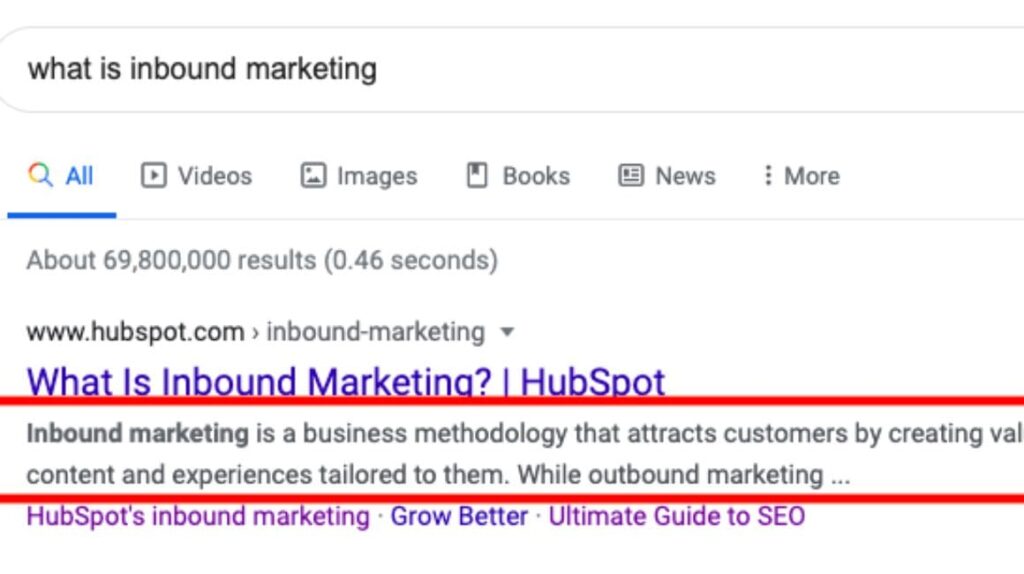
The meta title and description are your blog’s advertisement in Google search results. If they’re not engaging, no matter how good your post is, no one will click.
Example: Instead of “Blogging Tips”, write: “20 Blogging Tips Beginners Need in 2025 to Succeed” .
10. Make your blog mobile-friendly

Most people browse on mobile, so if your blog doesn’t look good on mobile, readers will leave immediately.
A mobile-friendly blog has these features:
- Responsive design (that adjusts to each screen).
- Fast loading speed.
- Easy navigation and button clickable.
This is not only good for users, but Google also prioritizes such blogs in rankings.
11. Improve page speed
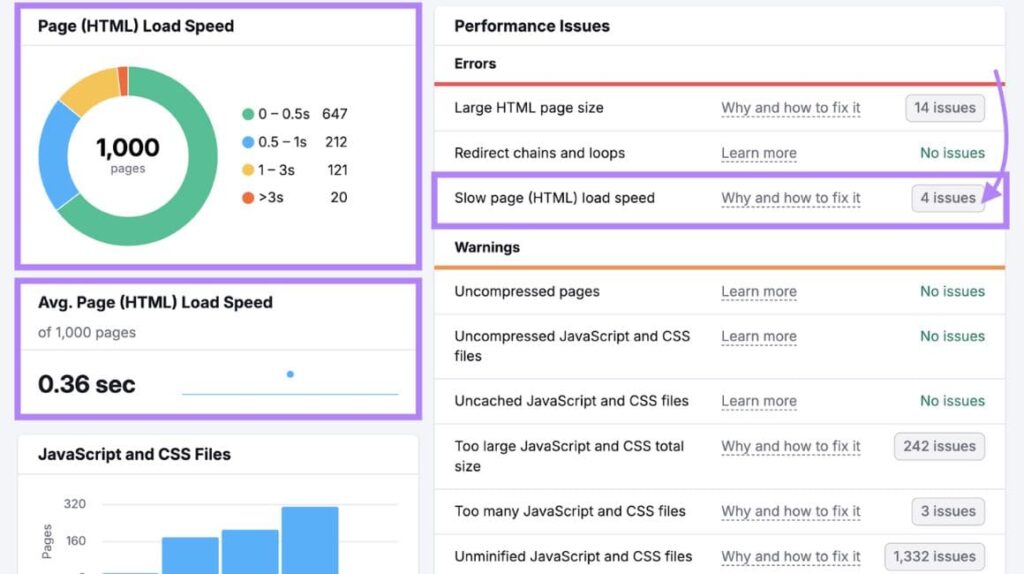
Slow blogs are the biggest cause of failure. If a blog takes more than 3 seconds to load, most visitors will leave.
Solution:
- Compress images.
- Use a light theme.
- Remove unnecessary plug-ins.
- Turn on caching.
- Switch to better hosting.
Remember: every second is precious.
12. Promote every post

After publishing, the real work begins: promotion.
Don’t just upload the post and wait.
Methods:
- Share on social media (Facebook, LinkedIn, Twitter, etc.).
- Participate in forums like Quora and Reddit.
- Reuse content in videos or infographics.
- Send to email subscribers.
13. Use email marketing
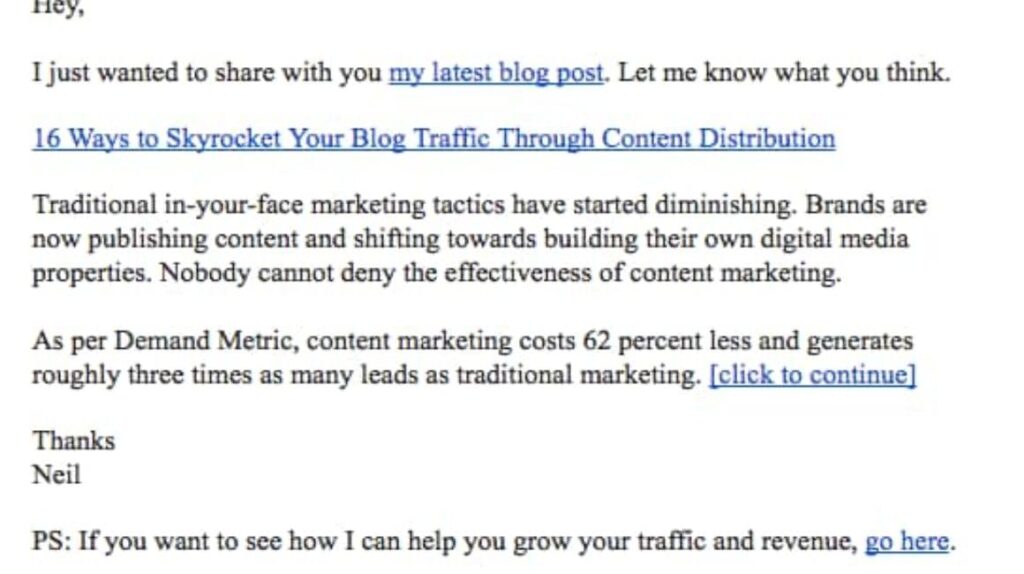
Social media platforms keep changing, but an email list is always yours.
Benefits of an email list:
- Direct contact with readers.
- Consistent traffic and income.
- How to get started?
- Give a small free gift (ebook, checklist or template).
- Use free tools like Mailchimp or Kit.
- Send exclusive tips and updates to subscribers.
14. Check performance with Google Analytics

Running a blog without analytics is like driving with your eyes closed.
This free tool tells you:
- Which article is bringing in the most traffic?
- Where are the visitors coming from?
- What are readers spending the most time on?
- With this data, you can make better decisions.
15. Be consistent.
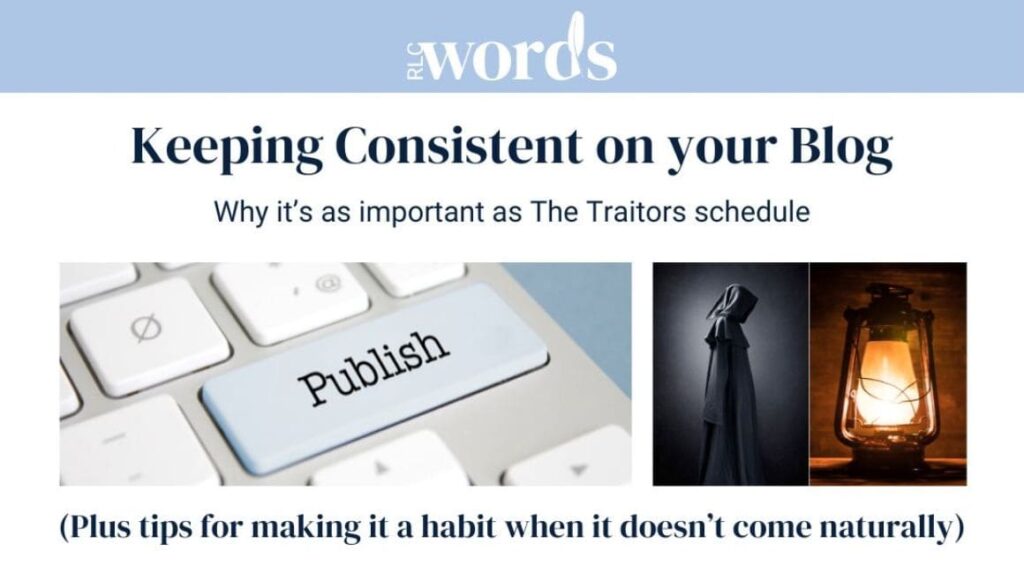
Success in blogging doesn’t come from one viral post, but from consistent hard work.
Create a schedule (weekly or monthly) and stick to it.
Consistency wins the trust not only of readers but also of search engines.
16. Build a relationship with readers

A blog only becomes a community when you interact with readers.
- Reply to comments.
- Ask a question.
- Add polls or open-ended questions.
This way readers become loyal and spread your blog to others.
17. Be patient and persistent.
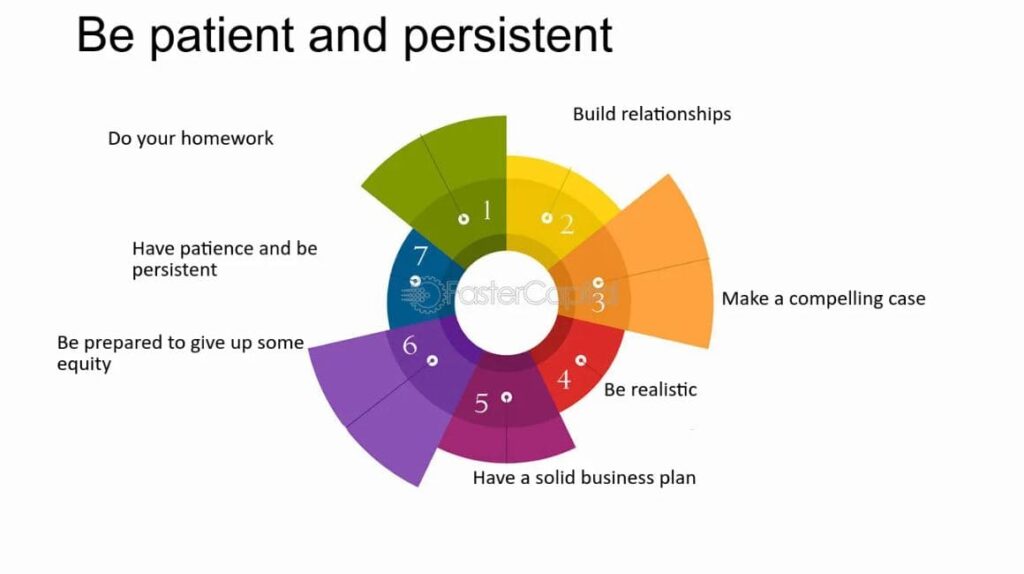
- Success in blogging doesn’t come instantly. It’s like planting a seed—it takes time to bear fruit.
- Don’t give up. Update your old posts, try new ones, and keep working hard.
- Over time, traffic, revenue, and influence will all come your way.
18. Find ways to monetize your blog (Monetization Options)

The two most popular methods for most bloggers are: Google AdSense and Affiliate Marketing .
Google AdSense
Did you know that large websites like wikiHow earn over $300,000 a month from AdSense alone?
AdSense is Google’s popular ad network that allows you to earn money by placing ads on your website content.
To earn from AdSense:
- Produce quality and valuable content.
- Target high CPC (Cost Per Click) keywords.
- Make your website user-friendly so visitors spend more time there.
Affiliate Marketing
Affiliate marketing is the best way to earn passive income from a website .
For example: The blog you are reading this on makes $15,000+ per month from affiliate products alone.
A few steps to increase sales:
- Choose 3 to 5 best affiliate products.
- Generate blog post ideas around these products.
- Create helpful and researched content, use keywords, and focus on SEO.
- Most importantly: earn the trust of your audience.
19. Start guest blogging

Guest posts (writing on other websites) are one of the best ways to grow a blog.
Benefits of guest blogging:
- New relationships and networking opportunities.
- Getting quality backlinks.
- Improving your website’s authority and Google ranking.
There are many free guest posting sites for 2025 that you can use to start your guest blogging journey.
But remember: always write quality and valuable content so that the host website also benefits.
20. Create a presence on social media

It is impossible to ignore social media as billions of users are active on Twitter, Instagram, YouTube, etc. every day.
In addition, Google also considers social media signals as positive signals, which improve your website’s search rankings.
Methods:
- Use the same platforms where your audience spends the most time.
- Choose platforms according to your niche. For example:
- Pinterest and Instagram are mostly used by women.
- Twitter is great for news and discussions.
- YouTube is great for video content (tutorials or product demos).

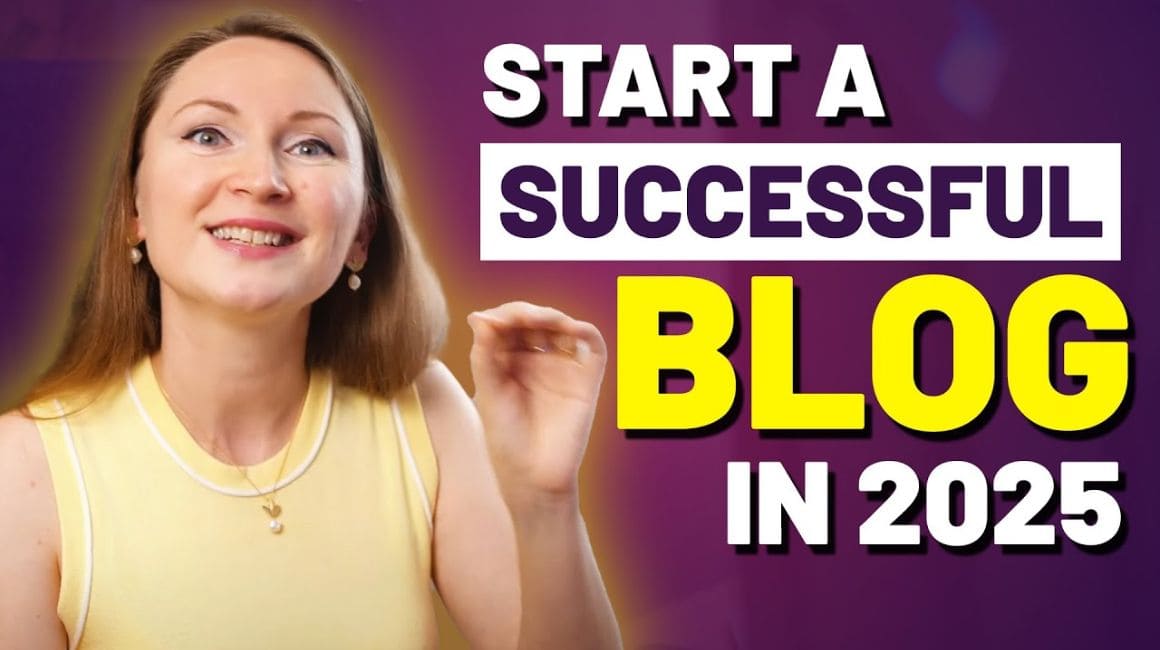










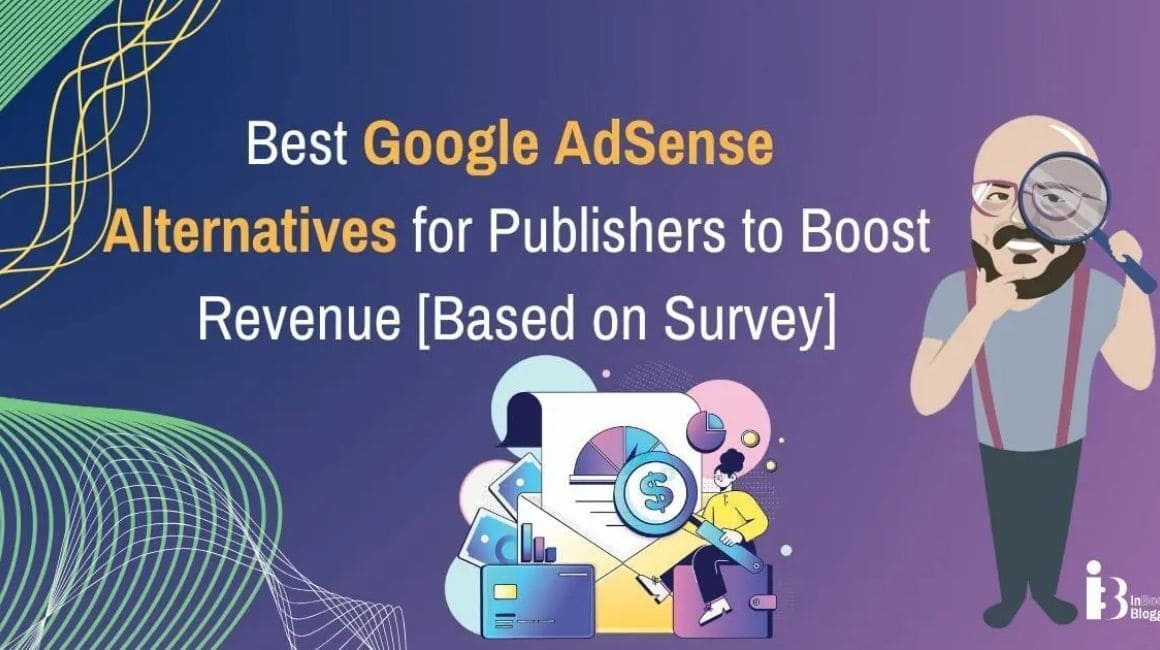




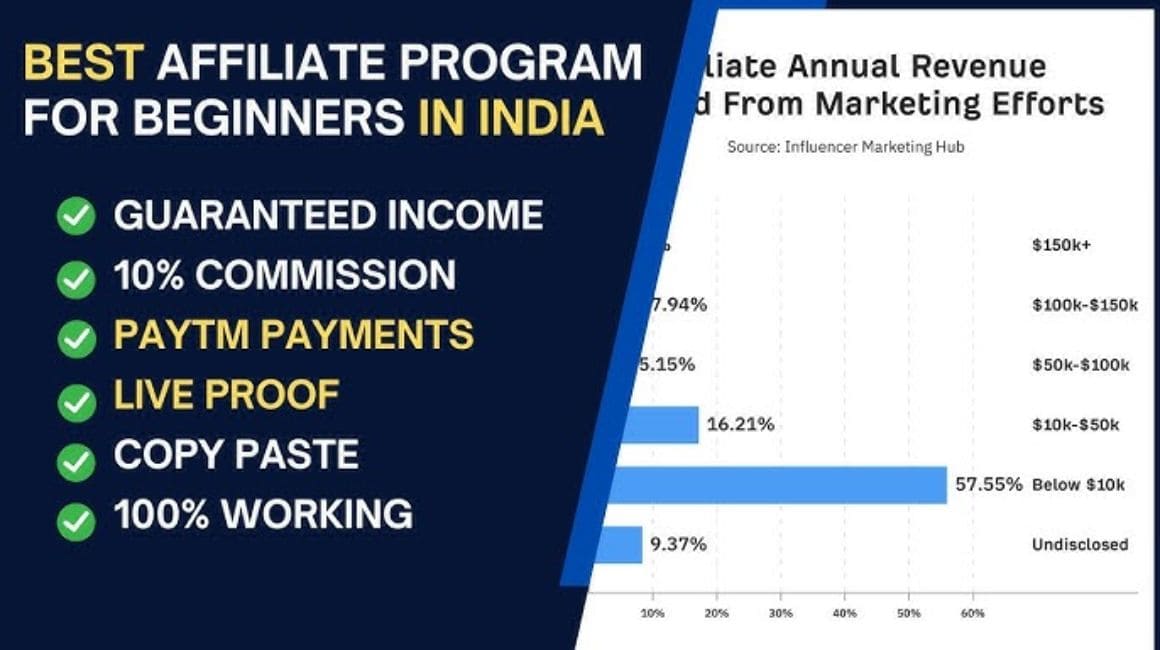











Leave a Comment